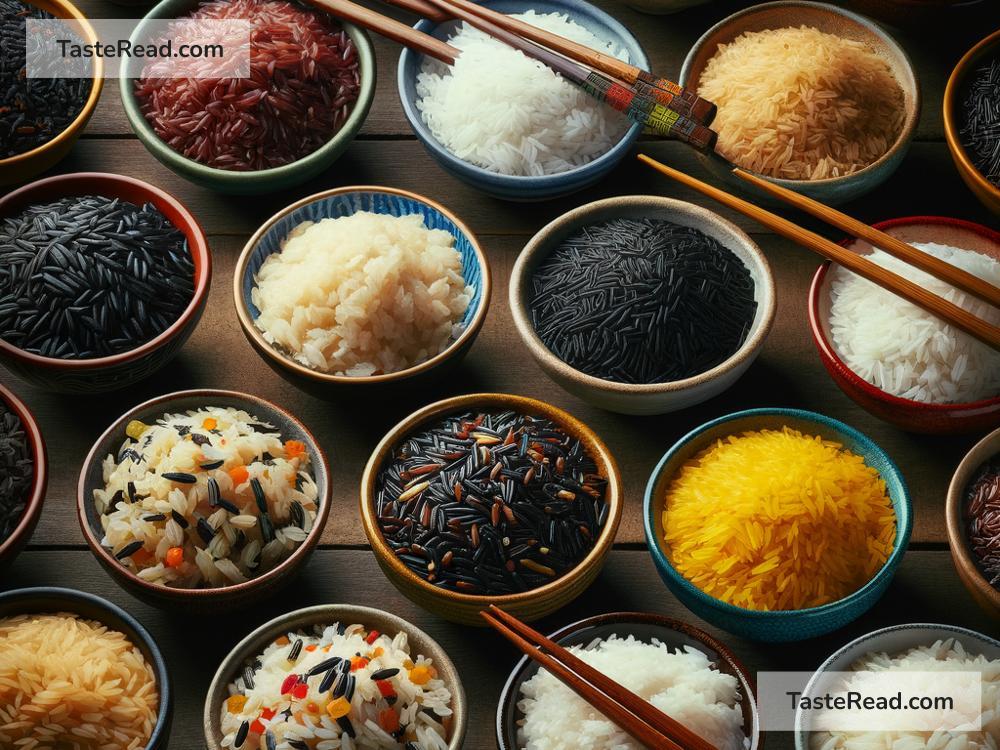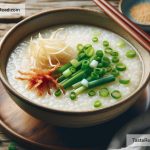Exploring the Diverse World of Asian Rice Varieties
Rice is a staple food for more than half of the world’s population, especially in Asia. Have you ever wondered how this small grain plays such a big role in our meals? From a humble bowl of steamed rice to intricate dishes bursting with flavor, rice is incredibly versatile. But not all rice is created equal. Asia, the largest continent on Earth, is home to a multitude of rice varieties, each with its own unique characteristics, flavors, and uses. Let’s embark on a journey to explore the diverse world of Asian rice varieties.
The Basics of Rice
Rice primarily falls into two categories based on grain length: long-grain and short-grain. Long-grain rice, like Basmati and Jasmine, is slender and becomes fluffy when cooked. Short-grain rice, such as Japanese sushi rice, is rounder and stickier, ideal for dishes where the rice needs to hold together.
Scented Delights: Jasmine and Basmati Rice
Jasmine and Basmati rice are prized for their delightful aroma. Jasmine rice, originating from Thailand, is a long-grain variety that is slightly sticky and has a sweet, nutty taste. It’s perfect for a side dish or paired with Thai curries.
Basmati, hailing from India and Pakistan, is another fragrant long-grain rice. It has a unique aroma, often compared to that of sun-baked wood or popcorn. When cooked, Basmati rice grains remain separate, making it an ideal choice for Pilafs, Biryani, and other dishes where fluffy rice is desired.
Sticky Situations: Glutinous Rice
Don’t let the name fool you; glutinous rice doesn’t contain gluten. Also known as ‘sticky rice’ or ‘sweet rice,’ this variety is used in both savory and sweet dishes across Asia. In Laos and northeastern Thailand, it’s eaten with your hands, serving as the perfect utensil to pick up food. In China, it’s wrapped in bamboo leaves with various fillings to make Zongzi, a traditional dumpling. It’s also the main ingredient in many desserts, including the famous Thai mango sticky rice.
The Nutritious Choice: Brown Rice
When we remove the husk from rice grains but leave the bran layer, we get brown rice. This whole grain option is rich in vitamins, minerals, and fiber. It has a chewier texture and a nuttier flavor compared to white rice. Brown rice comes in various types, including long and short grains, and even within Jasmine and Basmati varieties. It’s a healthier choice that complements a wide range of dishes.
A Unique Gem: Black Rice
Black rice, often referred to as ‘forbidden rice,’ was once reserved for royalty in China. It’s a whole grain with a striking black-purple hue that turns deep purple when cooked. Rich in antioxidants, fiber, and iron, black rice has a slightly sweet and nutty taste. It’s often used in desserts like rice pudding, but it can also add a dramatic flair to savory dishes.
A Bowl of Health: Red Rice
Red rice has a reddish-brown outer layer and a nutty flavor. Rich in antioxidants and nutrients, it can help lower blood sugar and cholesterol levels, making it a heart-healthy option. Red rice is often used in traditional dishes like Bhutanese red rice, which is medium-grain and slightly sticky.
Beyond Borders
The rice varieties mentioned are just the tip of the iceberg. Each Asian country has its own cherished rice varieties and dishes. From the delicate sushi rice of Japan to the robust wild rices of India, the diversity is astonishing.
Cooking with Asian Rice Varieties
When cooking these diverse rice varieties, it’s important to remember that each type may require different cooking methods to bring out its best qualities. For instance, Basmati rice benefits from being rinsed and then soaked before cooking, which helps to elongate the grains. Sticky rice usually needs soaking overnight and is then steamed rather than boiled. Experimenting with different cooking techniques will help you serve the perfect rice dish.
Conclusion
The diverse world of Asian rice varieties offers a rich tapestry of flavors, textures, and colors. As a versatile ingredient central to many Asian cuisines, rice is much more than just a side dish—it’s a celebration of culture and tradition. Whether you’re enjoying the fragrant Basmati rice in an Indian curry, savoring a sticky rice treat in Thailand, or exploring the nutritive qualities of black and red rice, you’re partaking in a culinary journey that spans continents and millennia. Next time you’re cooking a meal, consider trying a new type of rice and discover the vast world of possibilities it brings to your table. Happy exploring!


